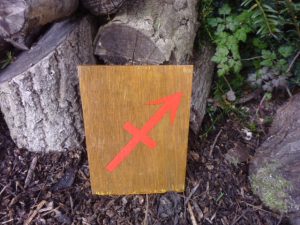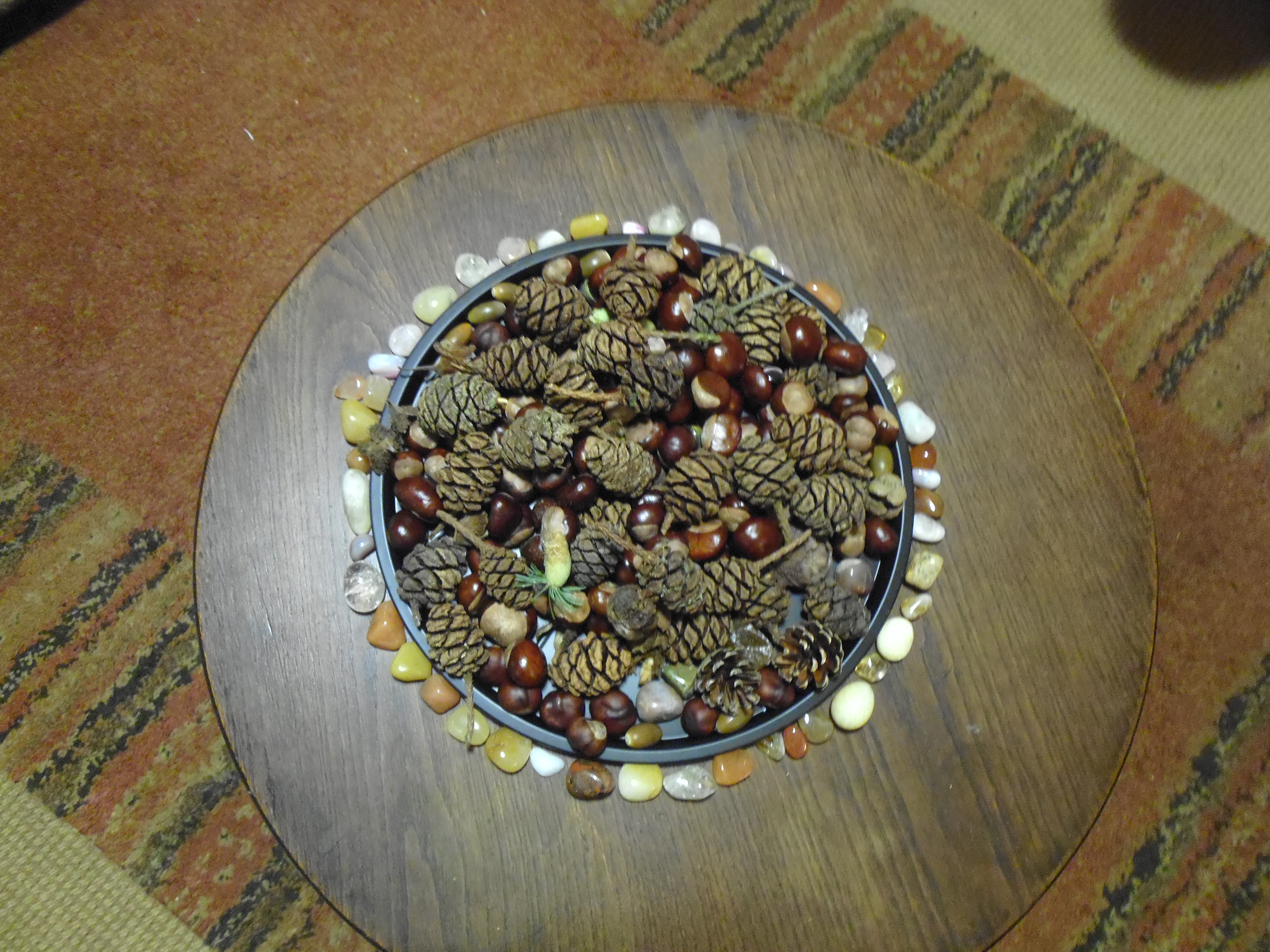
Options
Choose the way you would like to enrol on Modules 6, 7 and 8. If you have completed modules 4 and 5, you can have a reduction in fees in return for less tuition on the last three modules. Discuss this with your tutor in order to decide if this is the best option for you. When you enrol you are told which exercises to send to your tutor, and you receive the Guidance Notes on all the exercises where they are relevant. You can also ask your tutor for help if you are finding some of the course material difficult to understand.
Module 4 – Forecasting and Planetary Cycles
Interpretation Techniques. Firstly, to broaden your interpretation skills, some interpretation techniques are introduced in this module. Looking at hemisphere emphasis and chart shapes helps you to explore the distribution of the planets at birth. For instance, are they all close together, or are they spread out? In tradional astrology, the positions of the Sun, Moon and planets were strong in some Zodiac signs and weak in others; learn how these can be interpreted in a broadly psychological way. Find out how to interpret the Moon’s phase at birth and the Moon’s Nodes.
Planetary Cycles. Secondly, find out how two planets in aspect are part of a complete cycle from conjunction back to conjunction. You will find there are subtle differences in the way squares between the same planets, for instance, can be interpreted. Also, explore ways of interpreting retrograde planets at birth, particularly Mercury, Venus and Mars. Finally, investigate some of the traditional ways of looking at aspects, so you have some idea of how our ancestors explored them.
Forecasting. You begin to learn about forecasting in this module and you are introduced to transits. Find out which transits are important to focus on. Which ones can you ignore? You are shown how to find transits in an ephemeris and by using calculation software.
Using case studies, you will gain more experience in birth chart analysis and develop your forecasting skills.
Fee for Module 4 is £375.
Number of Lessons and Exercises. There are 10 lessons and 10 exercises.
You have not enrolled on the Foundation Course with astrologycollege.com. If this is the case and you would like to start on the Diploma Course, please fill in the Questionnaire, or ask for one to be sent to you by post or email.
Module 5 – Forecasting and Life Cycles
Secondary progressions and solar arc directions. By learning how to work with secondary progressions and solar arc directions, you will have covered most of the major forecasting techniques in current use. Also, you will receive guidance on how to synthesise a forecast using transits, secondary progressions and/or solar arc directions. Finding out how to read computer printouts of these directions can save you a lot of time, if you decide to buy astrological calculation software.
Age related transits and progressions. Next, find out about the age related transits, such as the Saturn Returns, and the Uranus Half Returns. Also important are the progressed Moon aspects to the progressed Sun, as they show the development of the Moon’s phases throughout our lives and what they might indicate. You will learn, too, about the progressed lunar returns which occur at specific ages.
As with Module 4, you will gain more experience in working on case studies and practising forecasting techniques.
Fee for Module 5 is £375.
Number of lessons and exercises. There are 7 lessons and 11 exercises.
Module 6 – Synastry, The Study of Relationships
Natal synastry. Now that you have had more practice in chart interpretation and have covered forecasting techniques, it is time to explore synastry. This is the study of two people in any kind of relationship by looking at their birth charts and comparing them to see how their astrological energies match or clash. You will learn how to work out the synastry grid, and how to tackle chart interpretation for the two people concerned. Find out what the midpoint composite chart is and what it may describe about the relationship.
Relationship forecast. Learn how to work out the progressed, or solar arc, cross-aspects between two people and do a relationship forecast. Find out how to use a progressed midpoint composite chart.
Exploring relationship problems. Finally, gain some insight into common relationship problems, such as controlling behaviour and addiction. It is useful to have some insight into these problems when .working with clients generally.
Fee for Module 6 is £345.
Reduced Module Fee with less tuition is £210.
Number of lessons and exercises. There are 9 lessons and 9 exercises.
Module 7, Astronomy and History, and Introduction to Social and Mundane Astrology.
This module is in two sections: Part One covers astronomy and history. Part Two covers social and mundane astrology.
Part One – Astronomy and History.
Learn about the house systems in common use and their astronomical bases. What are their advantages and drawbacks? Get an idea of which house system you like using. Explore the magical world of solar and lunar cycles in much more depth than is covered in Module 3a. Find out about the Saros cycles and Series of solar and lunar eclipses. Not only is the astronomy covered, but you will be given examples of interpreting eclipses.
Have you heard of the major and minor lunar standstills? These have to do with the declination of the Moon over the period of the Moon’s nodal cycle of 18.6 years. The Moon at extreme declination is called ‘out of bounds’. Some of the planets also go ‘out of bounds’. Not only will you learn about the astronomy of the ‘out of bounds’ Moon and the planets, you also receive some guidance on interpreting them. Why is the Zodiac measured in two ways? For this you need to understand the Precession of the Equinoxes. We introduce the stars that some astrologers use in interpretation. Which ones are they? Discover how they are measured and interpreted.
“I moved from Britain to New Zealand, and continued with my astrology studies over here. I have been delighted that the course material always includes a southern hemisphere perspective.” Jill, New Zealand.
The History of Astrology
Read about the history of astrology and write about a period that interests you as a project. Find out about the confusing history of calendar changes. In some countries, why is it almost impossible to find the right date in the past?
Part Two – Social and Mundane Astrology
Please note that this part of Module 7 is being completed. If you are ready to enrol on it, please check its availability.
Countries, like people, have birth charts. By studying the charts of countries you will gain some insight into interpreting them. Learn how the planetary cycles from the Neptune, Pluto cycle to the Jupiter, Saturn cycle can help in our understanding of major political and global events. Then you will discover how crucial aspect phases often reflect major social and political trends. Explore these in the light of political developments, in science, the arts and in the generations. Explore one technique for determining the outcome of general elections and referendums. Does it work, or is it hit and miss?
You will be introduced to the Lots of Fortune and Spirit which are based on the time of birth and the Moon’s phase at birth or event. Would you like to find out the best time to start a venture, maybe a journey, business, or major life change? Electional astrology covers this.
Fee for Module 7 is £375.
Reduced tuition fee for Module 7 is £285.
Number of Lessons and Exercises in Part One of Module 7. There are 5 lessons and 5 exercises, one of them including the history of astrology project. Part Two will have 7 lessons and 2 exercises, one of which is a mundane project.
Module 8 – Advanced Interpretation Techniques and Working as an Astrologer
The Asteroids and Chiron. So far, the asteroids and the centaur, Chiron, have not been covered as far as interpretation is concerned. This is because it can be confusing to handle too much at once, and they are probably better used for specific areas of interpretation. They are introduced here, so you can learn more about them if you would like to.
Solar and Lunar Returns. The Solar Return shows the transits for the birthday, i.e. the time the Sun returns to its natal position. It can be used as additional information in a year’s forecast. Likewise, the Lunar Return shows the transits for the time and date that the Moon returns to its natal degree each month. It can be used to gain some insight into themes for the following month.
Harmonics and midpoints. Learn to unravel the birth chart in greater depth using the techniques of harmonics and midpoints. Like peeling the layers of an onion, you can dig deeper and deeper into the birth chart.
The Consultation Chart. You can draw up a chart for the time a client comes to see you, and this will often give some insight as to why they have done so. Learn how to read a consultation chart from a traditional and modern perspective. Then choose which method you would like to use. You are asked to find a client for this exercise so that you not only learn about using the consultation chart, but you can gain experience in live client work and in receiving support and supervision from your tutor.
Becoming a professional astrologer.Finally, as you are coming to the end of the Diploma Course, find out how to prepare for a consultation. Explore the clauses in our code of ethics. This is so you can protect the rights and well-being of your client, as well as yourself. You are asked to find another client for an astrological consultation. This time you are asked to note if there are any ethical issues that are raised, and you receive support and supervision from your tutor.
Boundaries. Gain some insight into boundaries, such as being clear about what you can offer and what you cannot cover. How do you handle fees and the practical side of handling consultations? Find out how to deal with issues, such as time keeping, and what to do if you are finding it difficult to end a session. Think about the possibility of offering long-term work with some clients. Discover how to gain some essential skills, such as knowing your limits, listening and mirroring.
The practical side of running a business. If you have little or no experince in running a business, find out about issues such as self-employment or setting up a company, tax liabilities, keeping accounts, and budgeting. Where is the best place to work from – home, or in a centre? Find out about privacy and data protection regulations. Explore the possibility of taking out public liability and professional indemnity insurance. Discover what you can do to advertise and market your work as an astrologer, and grapple with that dinosaur – social media!
Fee for Module 8 is £375.
Reduced tuition for Module 8 is £210.
Number of Lessons and Exercises. There are 8 lessons and 8 exercises, including the two live case studies.

